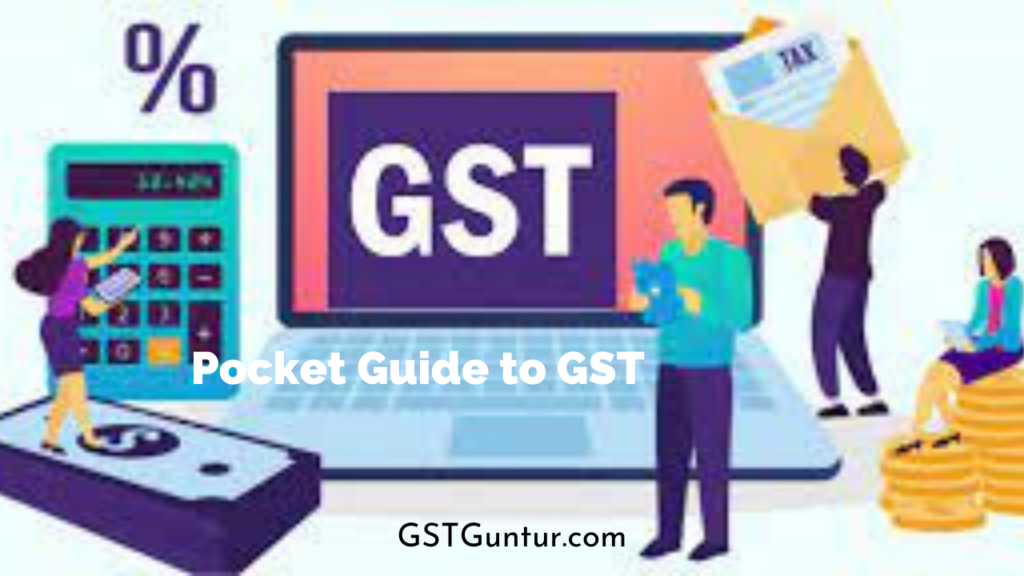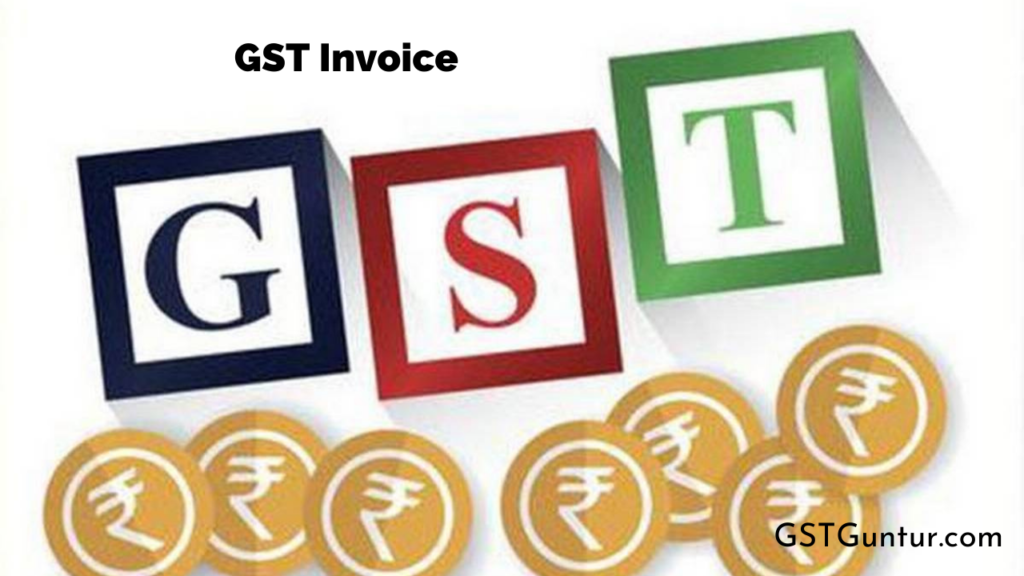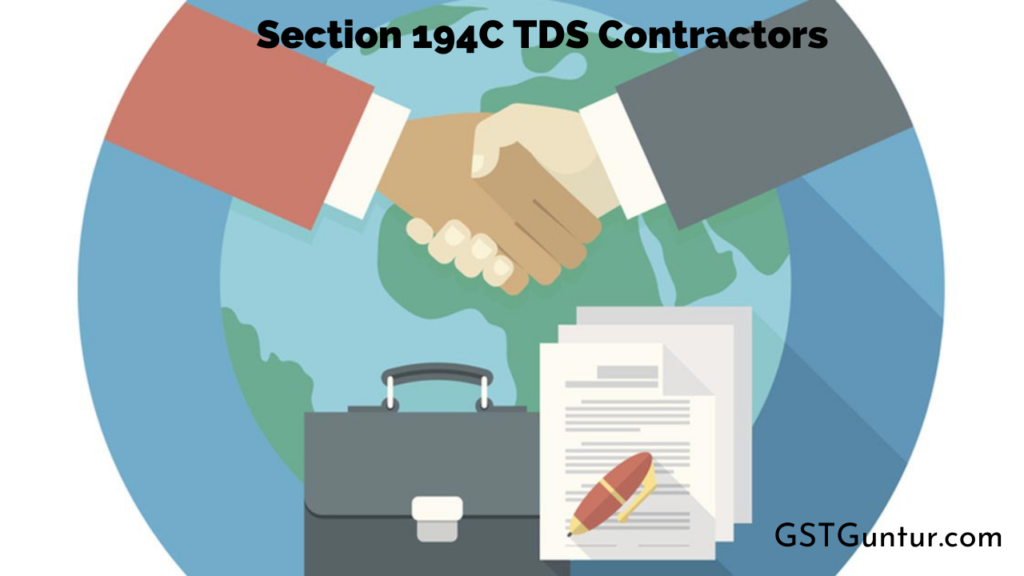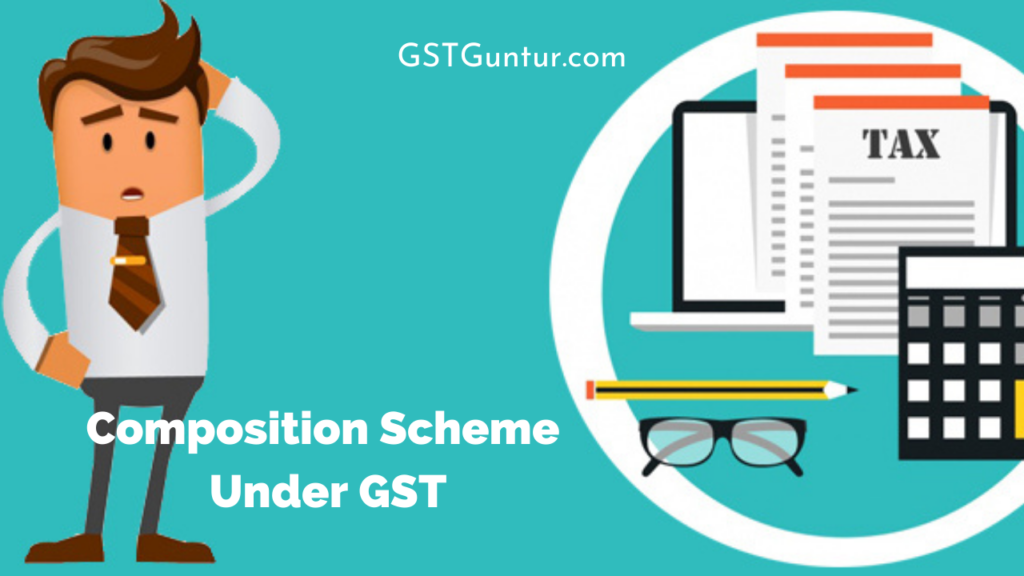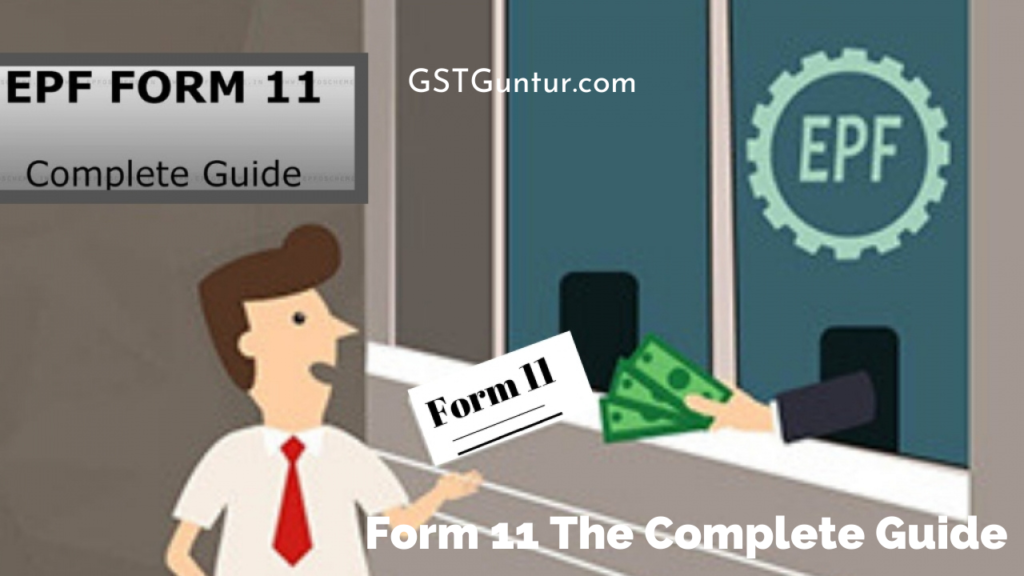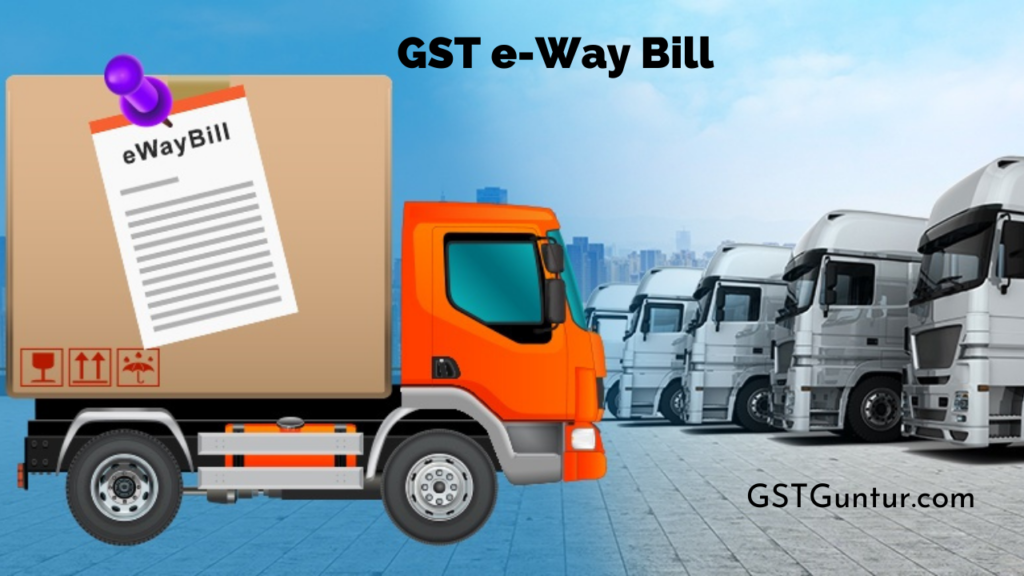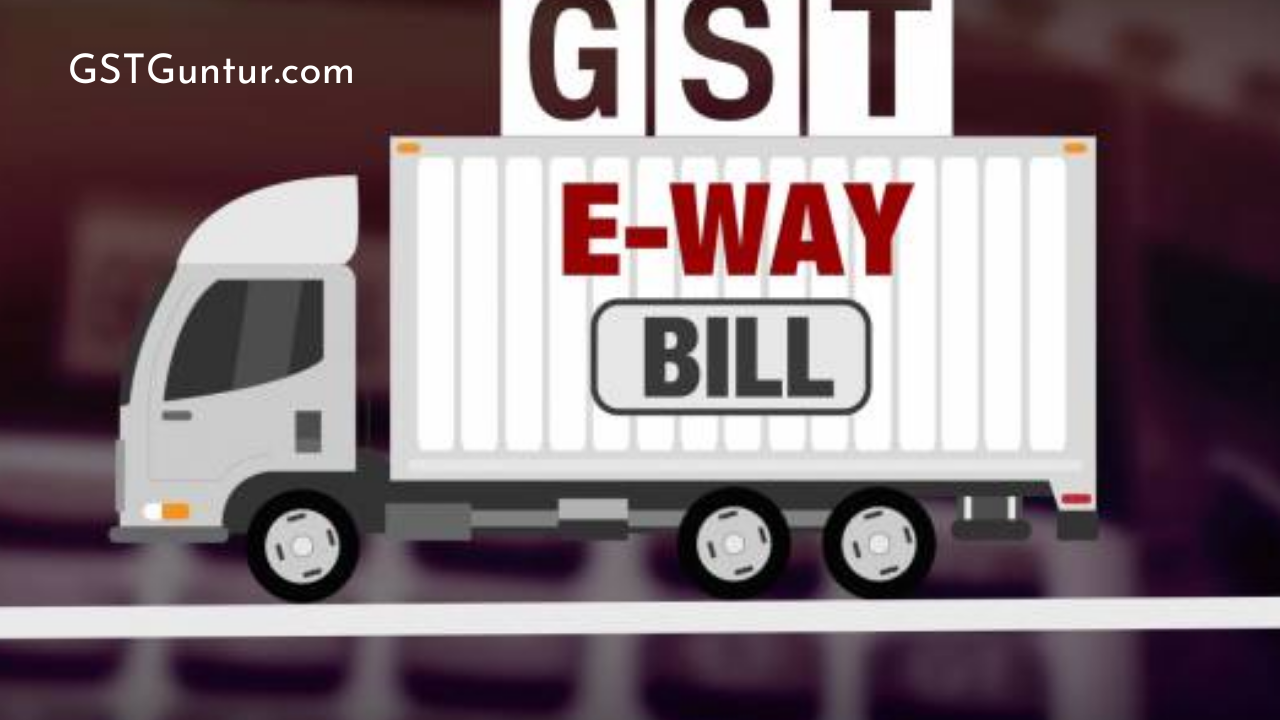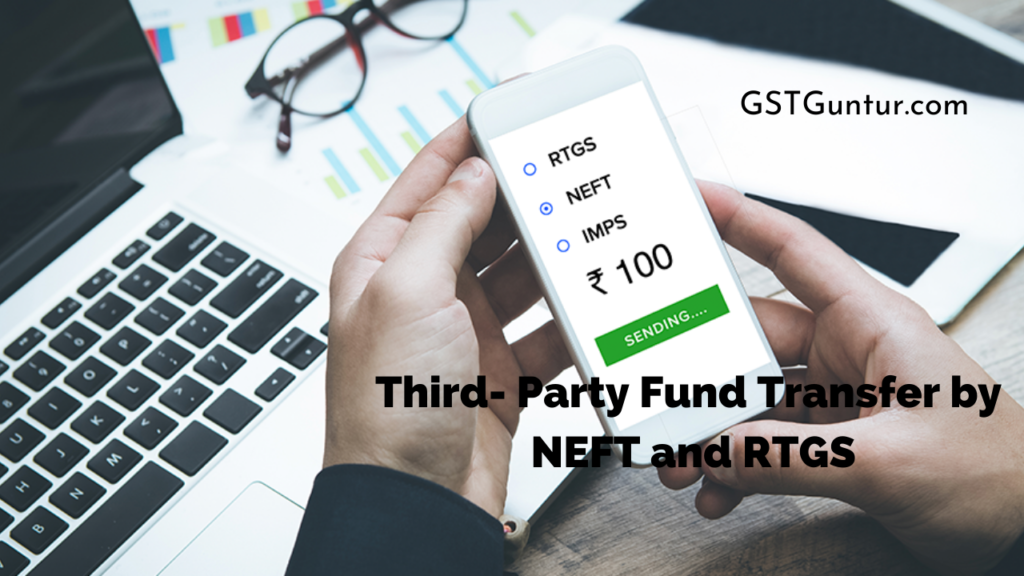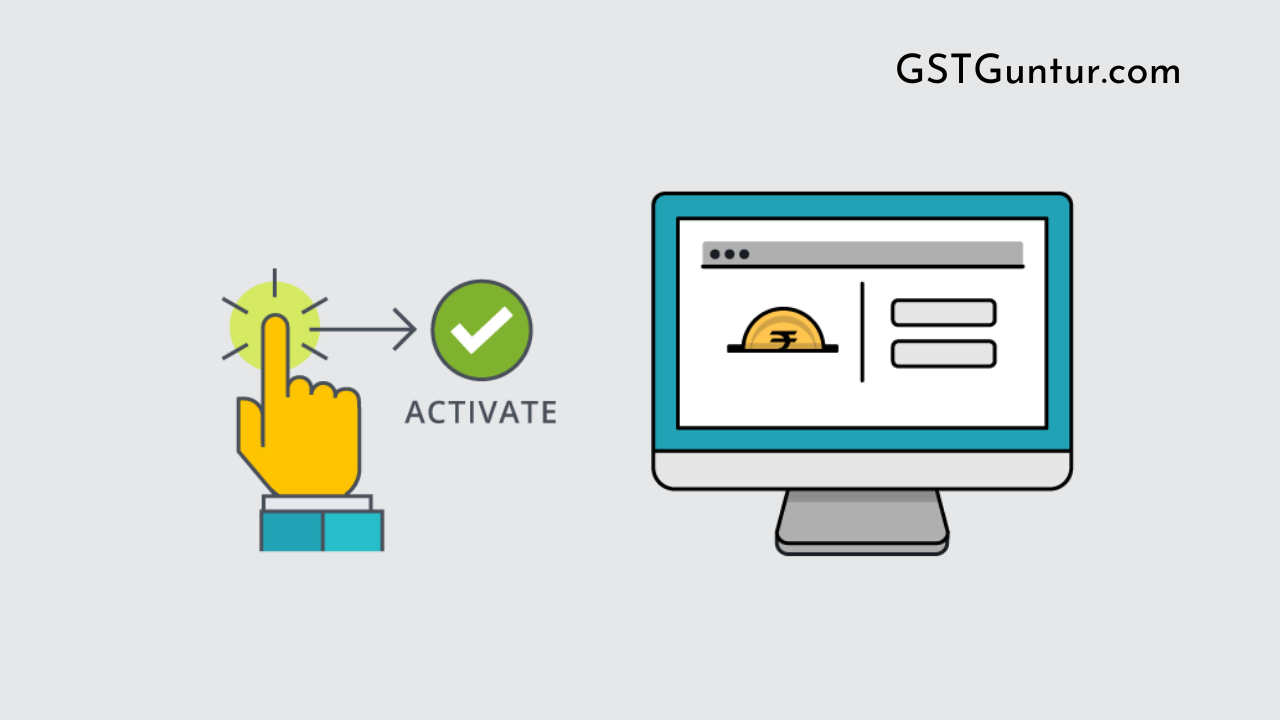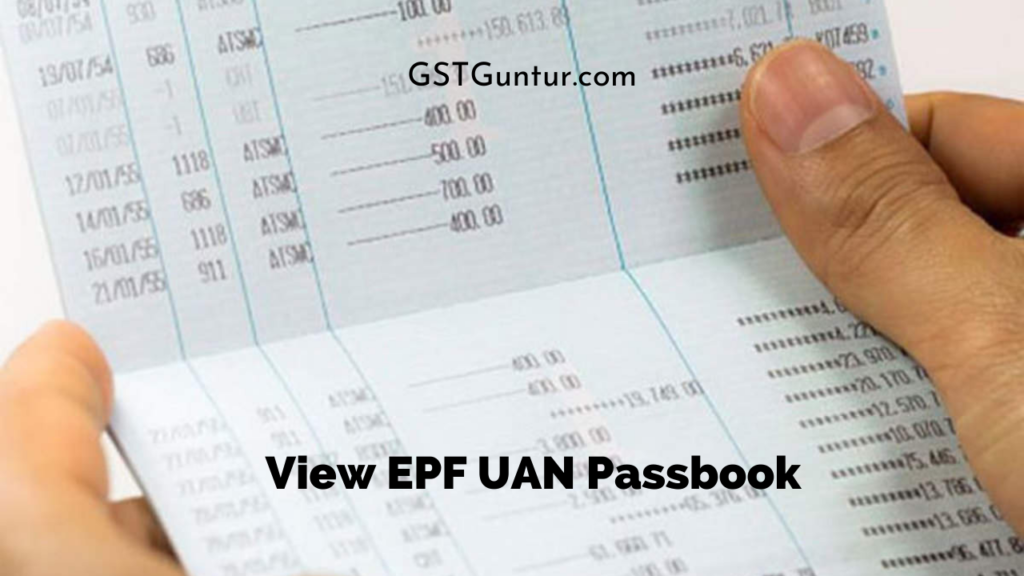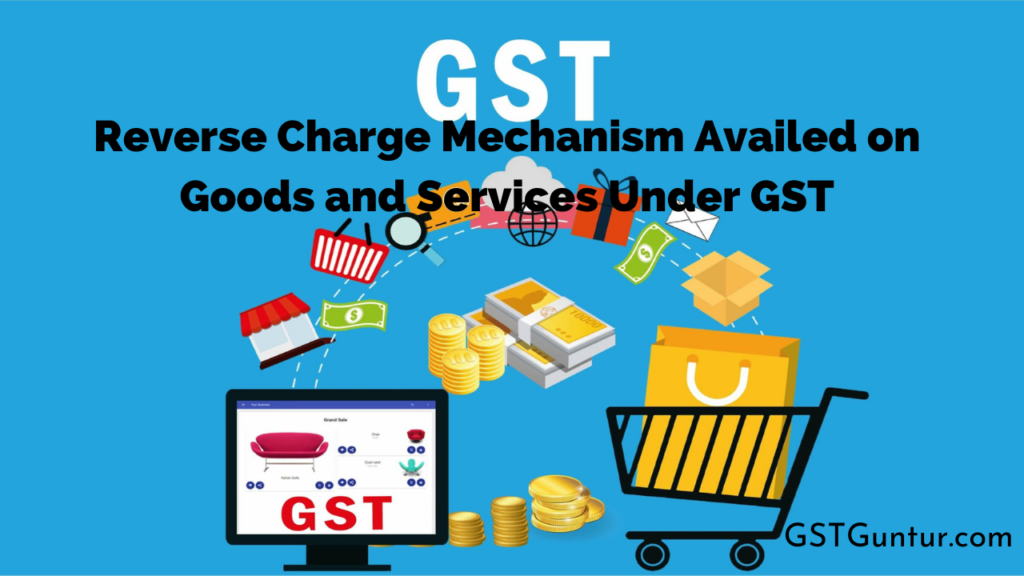GST Payment Due Date And Interest On Late Payment
GST Payment Due Date And Interest On Late Payment: Service and Goods Tax are an ambitious tax regime that has been applicable from 1st of July 2017 and made several indirect taxes subsumed into it. The Indian government has declared the due dates for the payment of GST.
The GST payment’s due date for general taxpayers is the 20th of next month, during the GST payment due date for composition scheme dealers is on the 18th of next quarter.
| Category | Due Dates For GST Payment |
| General | 20<th Day of the Following Month |
| Composition | 18th Day of the Following Month of Quarter |
| Non-Resident | 20th Day of the Following Month |
| Input Service Distributor | 13th Day of the Following Month |
| TDS Deductor | 10th Day of the Following Month |
| TDS Collector | 10th Day of the Following Month |
All about Late Fees Under GST
As per the GST laws, the late fee is an amount that is charged for a delay in filing GST returns. A prescribed late fee will be charged per each day of delay when a GST Registered business misses filing GST Returns within the specified due dates*. The late fee must be paid in cash, and the taxpayer cannot use the Input Tax Credit (ITC) available in the electronic credit ledger for payment of a late fee.
Also, the late fee is applicable for the delay in filing NIL returns. For example, an individual has to pay the late fee although there are no purchases or sales and no GST liability for declaring in GSTR-3B.
The late fee will be depending on the number of days of delay from the due date. GST returns in the GSTR-3B is filed on the 23rd January 2019, 3 days after the stated due date, which is 20th January 2019., the late fees will be calculated for those three days, and they should be deposited in cash. However, right now, the GST portal is aligned to charge a late payment only on GSTR-3B, GSTR-4, GSTR-5, GSTR-5A, GSTR-6, GSTR-8, GSTR-7 and GSTR-9 only.
Amount of Late Fees Payable
For All The GST Returns (Except GST Annual Returns(GSTR-9))
In accordance with the GST Acts, for intra-state supplies, the late fee has to be paid under both the CGST and SGST Act as follows:
| Name of the Act | Late Fee for Each Day of Delay |
| The Central Goods and Services Act of 2017 | Rs. 25* |
| The Respective State Goods and Services Act of 2017 (or) Union territory Goods and Services Act of 2017 | Rs.25* |
| Total Late fees to be paid | Rs. 50* |
| The law has decided on a maximum late fee of Rs 5,000. This implies that, the maximum late fees which the Indian Government can charge is Rs 5,000 for each return being filed under each Act. |
As per the IGST Act, a late fee is equal to the sum of fees decided under both the CGST and SGST Act for inter-state supplies. Hence, the Late fee is:
| Name of the Act | Late fees for each day of delay |
| Integrated Goods and Services Act of 2017 | Rs. 50* |
| The law has decided on a maximum late fee of Rs 5,000. This implies that the maximum late fees which the Indian Government can charge is Rs 5,000 for each return being filed under each Act. |
The Nil Return Filers Should Pay the Below Mentioned Late Fee
| Name of the Act | For Nil Returns Filers Late fees for each day of delay |
| CGST Act | Rs. 10* |
| SGST Act | Rs. 10* |
| IGST Act | Rs. 20* |
For Gst Annual Returns (GSTR-9)
| Name of the Act | Late fees for each day of delay |
| The Central Goods and Services Act of 2017 | Rs. 100* |
| The Respective State Goods and Services Act of 2017 (or) Union territory Goods and Services Act of 2017 | Rs. 100* |
| Total Late fees to be paid | Rs. 200* |
| The law has decided on a maximum late fee of Rs 5,000. This implies that the maximum late fees which the Indian Government can charge is Rs 5,000 for each return being filed under each Act. |
Rules and Regulations about GST Payment for Taxpayers
The electronic cash ledger is going to be credited if payment for interest, tax, penalty and fee has been made via credit card, internet banking, NEFT, RTGS. When the amount can be used for the payment of interest, penalty, tax which is remaining in the electronic cash ledger of the taxpayer
Payment for the GST PMT-06 form is made through challan, while the challan is only valid for 15 days. When the payment is completed successfully, a Challan Identification Number (CIN) is going to be generated. If the CIN is not generated in any particular case, then the taxpayer can file the Form GST PMT-07.
The online payments which are made after 8 pm will be credited on the same day to the account of the taxpayer. even though there will be no physical challan accepted for the GST payment, the challans will be generated from the gst.gov.in only for all the payments of taxes, penalty, fees, interest
For the payment of challan under the limit of 10000 rupees, it can be done in the counter with cheques, cash, demand draft through authorized banks, while payments exceeding the amount of 10000 will be collected by only digital mode.
Some Other Rules of the Challan
- Just immediately after creating CPI and common portal identification numbers, all the new challans can be edited or modified. If there are any needed changes in the amount, there must be a new challan generated. Also, if the challan contains incorrect data will expire automatically after 15 days.
- Every challan needs to be issued with a separate DD or cheque.
- A partially filled challan could be saved in the post-login mode and can be accessed again using the following path.
- Services – Payments – My Saved Challans. Maximum 10 challans can be saved on the GST portal with a validity time of 7 days.
- The system will restrict the generation of any new OTC challan if there is any unpaid OTC challan that has been generated with the tax period amount exceeding rupees 10000. The challan will get automatically cancelled or expire after the 7-day validity period.
- In RTGS transactions with RBI, there will be the use of UTR. The UTI must be linked. However, if in case the payment is not updated even after 2 hours on the landing page, there will be an option to link the UTR.
- On behalf of the taxpayer, a third party can make the payments.
Provisions for Electronic Credit Ledger
The amount must be credited to the Electronic credit ledger filed by the person in his Returns. Simultaneously, the amount stated in the electronic credit ledger could be used for only tax payments. Any differences in the electronic credit ledger should be brought to the notice of the officer through form GST PMT-04.
As per the following order, a taxpayer needs to discharge his tax duties:
- The self-assessed tax with other dues concerning the returns of previous tax periods.
- The self-assessment tax and other dues concerning the current text period.
- The payable amount under the rules and regulations also acts including demand stated in section 73 or 74.
- Late payment interest payable on GST.
- If the payment is not made within the due date, interest will be applicable at the rate of 18%.
- A rate of 24% interest will be helpful to the case when a taxpayer claims excess of input tax credit or makes a reduction in the output tax liability.
How to Deposit Late Fees with the Government?
The Late fee applicable is going to be calculated automatically by the GST portal when one submits the GST returns. The Late Fee payment must be made in cash separately for CGST, SGST and IGST in the separate electronic cash ledgers.
GST returns cannot be filed without clearing the payment of the Late fee. The late fee of the month includes the previous month’s late fee charged because of the delay in filing the return. Also, late payment or non-payment of GST will attract Interest.
All About Interest Under GST
An amount of interest is applicable on Late Payment of GST liability. The interest needs to be paid by every taxpayer who:
- Makes a delayed in GST payment, i.e., pays GST after the due date.
- Claims for an excess input tax credit
- Reduces the excess output tax liability
If GST payment is not made within the due dates of filing return, Interest at the following rates has to be paid:
| Particulars | Interest |
| The tax paid after the due date | 18% p.a. |
| The excess ITC Claimed or the excess reduction in Output Tax | 24% p.a. |
The Interest needs to be calculated from the next day from which tax was due. For example, if a taxpayer fails to make a tax payment of Rs. 10,000 for December 2017, and the due date was 20th January 2018.
If he decides to make the payment on the 20th February 2018, the interest applicable for the delay period (from 21st January till 20th February – 31 days) will be calculated as:
Rs.10,000 * 31/365 * 18% which is equal to Rs.153
Thus, it is essential to make tax payment and file GST Return within due dates.

